Monogastric Nutrition (Cats+Dogs)
Micronutrients
Essential nutrients required in small amounts.
Macronutrients
Nutrients needed in larger quantities.
1/153
There's no tags or description
Looks like no tags are added yet.
Name | Mastery | Learn | Test | Matching | Spaced |
|---|
No study sessions yet.
154 Terms
Micronutrients
Essential nutrients required in small amounts.
Macronutrients
Nutrients needed in larger quantities.
Protein
Macronutrient essential for growth and repair.
Fat
Macronutrient providing energy and supporting cell function.
Minerals
Inorganic elements vital for various body functions.
Vitamins
Organic compounds necessary for metabolism and health.
Water
Essential for hydration and biochemical reactions.
Amino acids
Building blocks of proteins, 20 types exist.
Essential Amino Acids
Amino acids that must be obtained from diet.
Taurine
Essential for cats, supports heart and vision.
Fatty Acids
Components of fats, important for health.
Linolenic acid
Omega-3 fatty acid, important for heart health.
Arachidonic acid
Essential for cats, involved in inflammatory responses.
Eicosapentaenoic acid (EPA)
Omega-3 fatty acid, supports cardiovascular health.
Docosahexaenoic acid (DHA)
Omega-3 fatty acid, crucial for brain health.
Fat-soluble Vitamins
Vitamins A, D, E, K stored in body fat.
Water-soluble Vitamins
B vitamins and vitamin C, not stored in body.
Macrominerals
Minerals required in larger amounts, e.g., calcium.
Microminerals
Trace minerals needed in smaller amounts, e.g., iron.
Digestibility
Ability to extract nutrients from food.
Palatability
How appetizing food is to pets.
Nutritional Aim 1
Complete and balanced nutrient provision.
Nutritional Aim 4
Avoid excess nutrients to prevent harm.
Nutritional Aim 5
Ensure food safety for pets and owners.
Nutritional Aim 6
Feeding within owner's financial and time constraints.
Nutritional Aim 7
Sustainable practices in food sourcing.
Growth
Period from birth to skeletal maturity.
Neonates
Young animals in first two weeks of life.
Colostrum
First milk providing passive immunity.
Passive immunity
Antibodies transferred from mother to offspring.
Pre-wean mortality
40% mortality rate before weaning.
Critical period
First 36 hours after birth.
Maternal milk
Optimal nutrition for neonates.
Hydration importance
Maintaining blood volume in neonates.
Weaning
Transition from milk to solid food.
Weaning start
Begins at 3-4 weeks of age.
Weaning completion
Completed by 6 weeks of age.
Suitable weaning foods
Puppy/kitten food mixed with milk.
Feeding consistency
Food should be warm and correct texture.
Growth diet
Nutritional needs for developing animals.
Protein importance
Essential for building new tissues.
Calcium role
Crucial for bone development.
Overfeeding consequences
Leads to overweight issues before maturity.
Feeding windows
Scheduled meal times for proper growth.
Ad lib feeding
Free feeding that may cause overconsumption.
Energy requirements
Growth energy needs are double that of adults.
Overweight risks
Health issues from excess weight in young.
Ideal Weight
Weight corresponding to ideal body condition score.
Body Condition Scoring (BCS)
Technique to assess pet's body fat level.
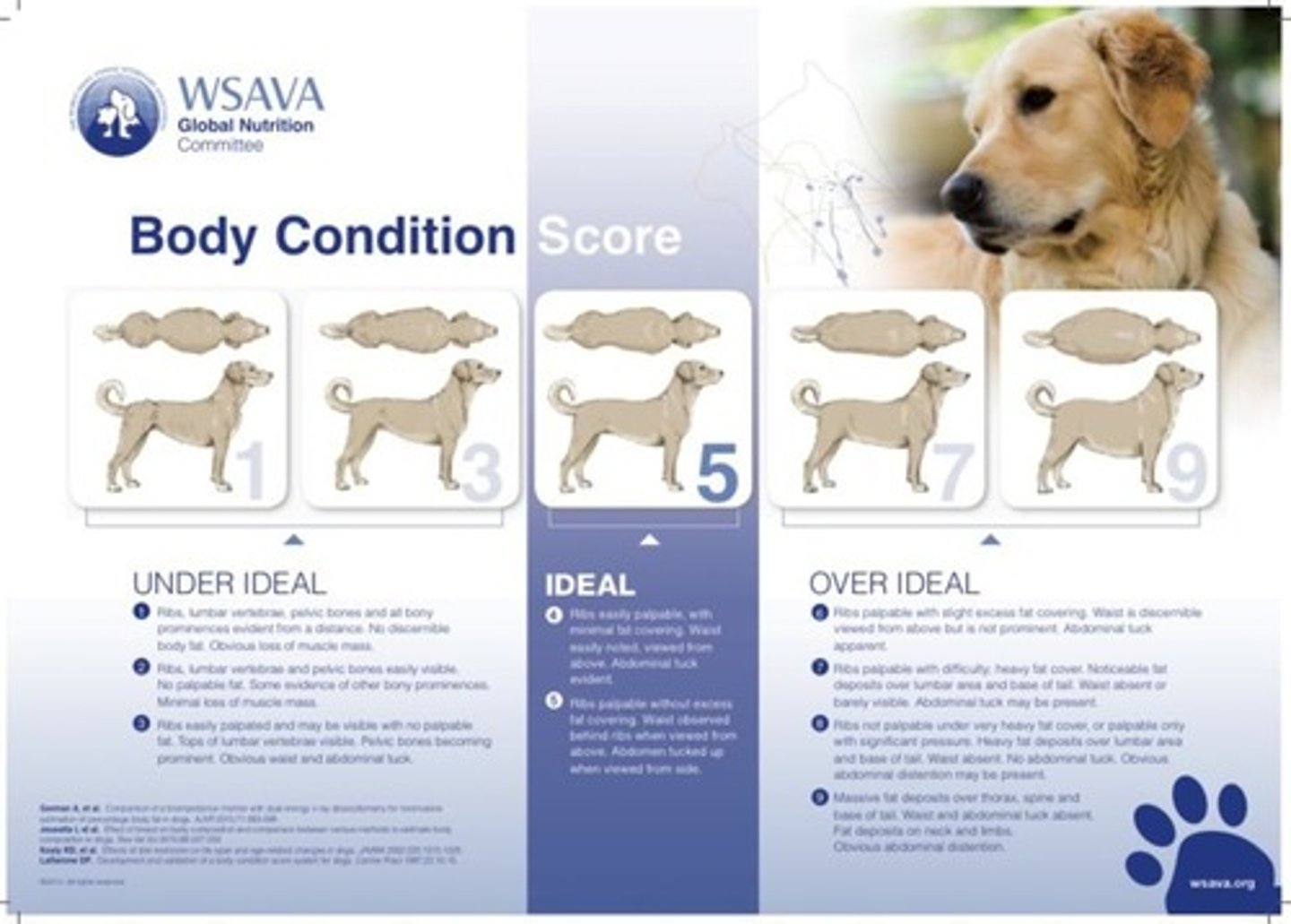
Controlled Food Amounts
Regulated quantity of food given to pets.
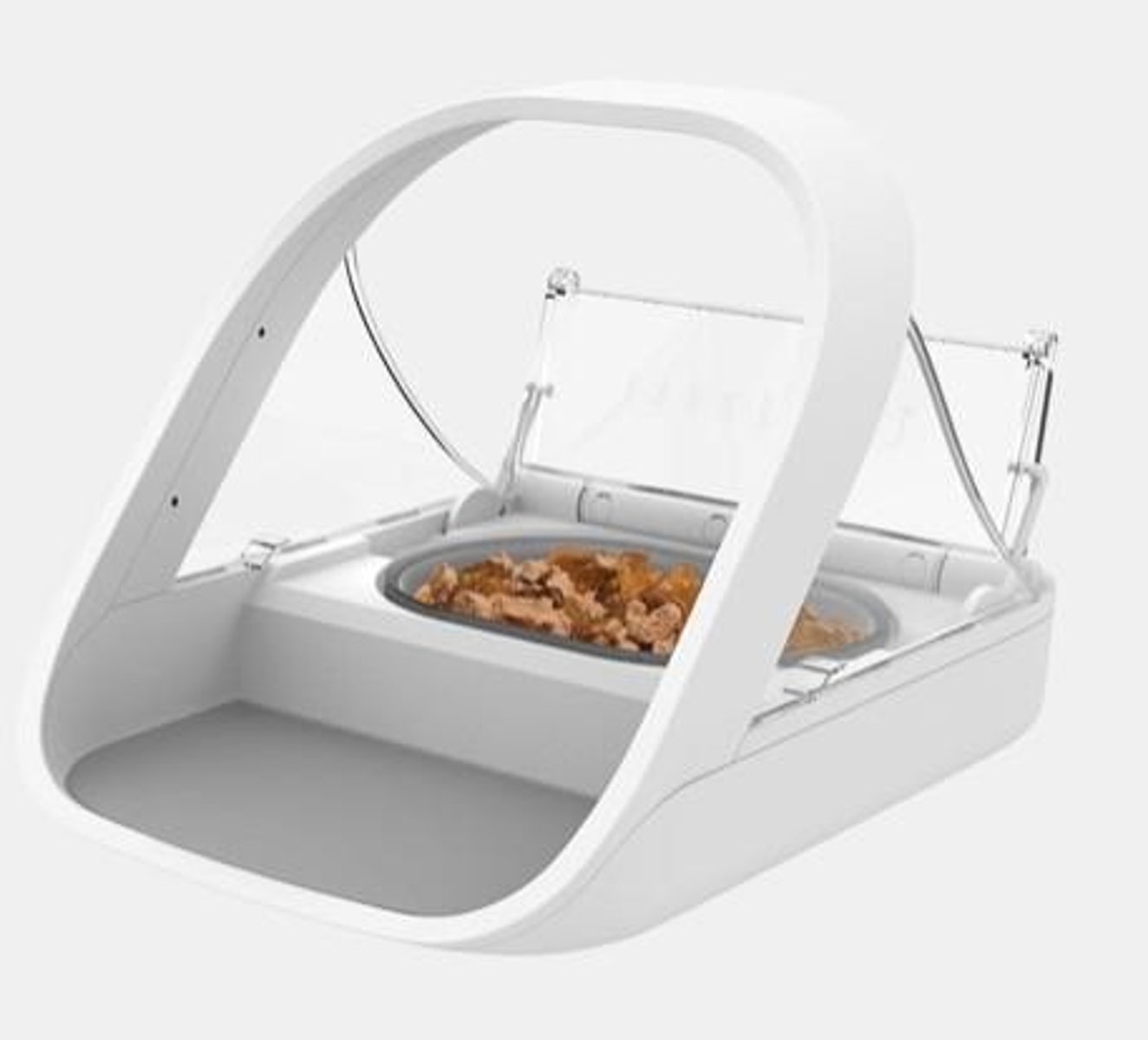
Feeding Guide
Resource for determining appropriate food portions.
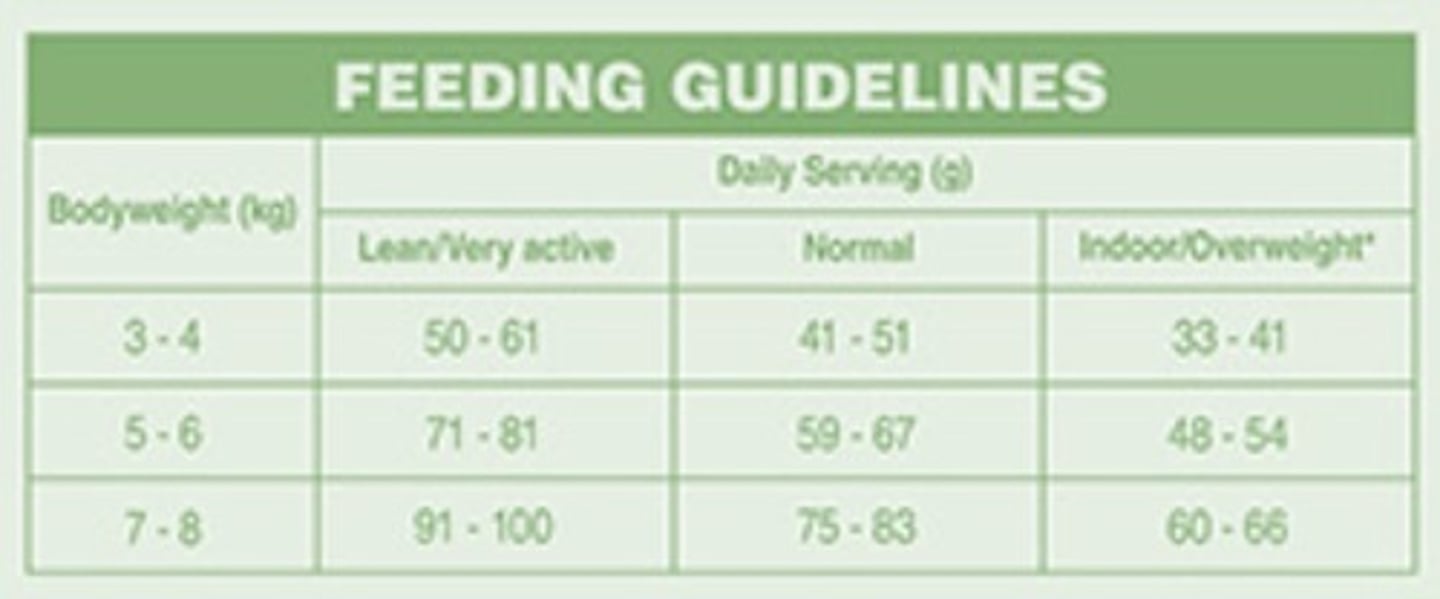
Online Software
Digital tool for calculating pet feeding amounts.
Regular Weighing
Frequent measurement of pet's body weight.
Activity Levels
Recommended physical activity for maintaining pet health.
Neutered Diet
Diet tailored for pets that are neutered.
Light Diet
Lower calorie diet for weight management.
High Energy Diet
Diet designed for active or working pets.
Therapeutic Diets
Specialized diets for health conditions.
Treat Management
Control of treat intake for pets.
Prevent Food Stealing
Strategies to stop pets from stealing food.
Microchip Feeders
Technology to control pet feeding access.
Routine Feeding
Consistent schedule for pet meals.
Predatory Behavior Play
Play mimicking hunting instincts in pets.
Senior Age Cats
Mature: 7-10 years; Senior: 11-14 years.
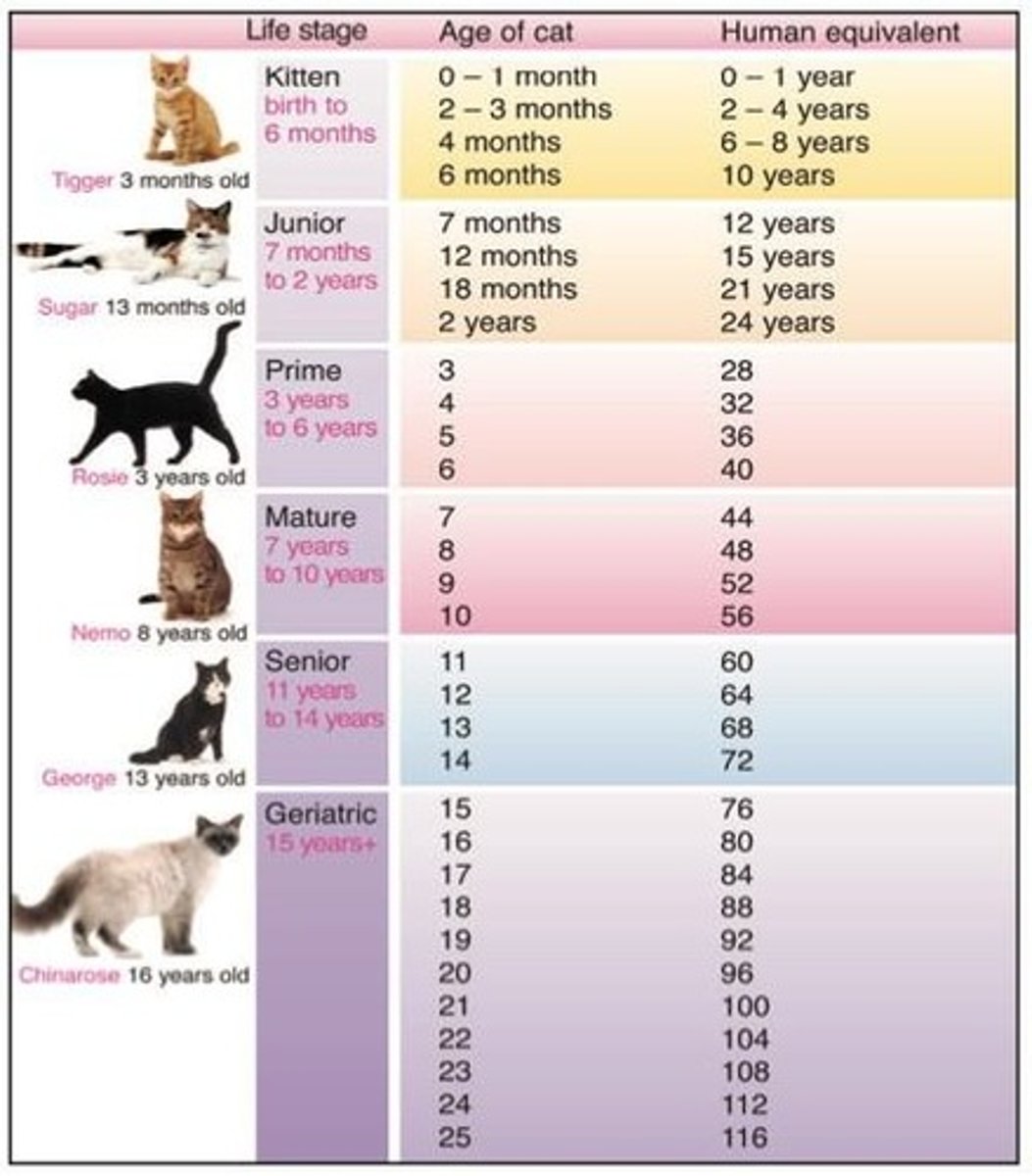
Senior Age Dogs
Small: >10 years; Medium: >8 years.
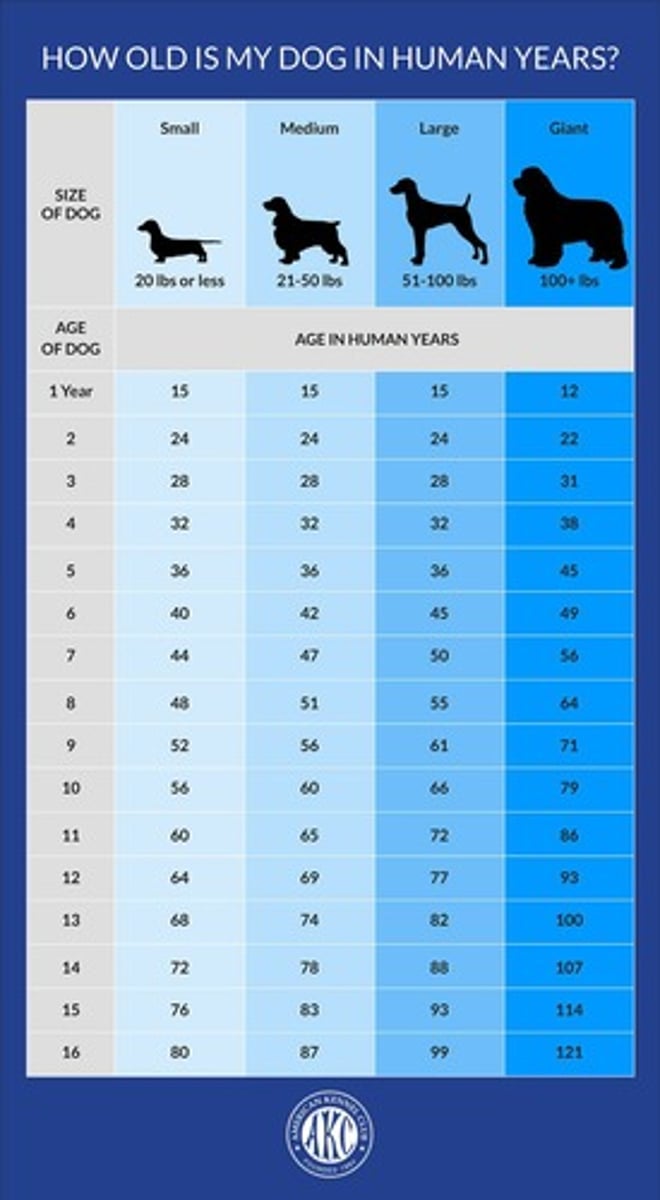
Geriatric Age
Age classification for pets over 15 years.
Environment Influence
External factors affecting pet aging process.
Waist and Abdominal Tuck
Physical signs of ideal body condition.
Ribs Easy to Feel
Indicator of healthy body fat level.
Aging
Normal biological process, not a disease.
Genetics
Influences aging and age-related changes.
Grey Faces
Loss of pigments in aging cats.
Browning Coats
Color change in fur due to aging.
Sleep Changes
Increased sleep varies by individual age.
Demeanor Changes
Older cats may become quieter and more obedient.
Thermoregulation
Decreased ability to regulate body temperature.
Pain in Senior Cats
Often unrecognized; related to arthritis.
Altered Posture
Changes in sitting and toileting positions.
Body Composition Changes
Includes decreased lean mass and increased fat.
Basal Metabolic Rate
Reduced due to loss of lean mass.
Energy Requirements
May change based on activity and weight.
Weight Monitoring
Essential for all senior cats.
Sense Alterations
Includes reduced vision and hearing.
Cataracts
Cause of reduced vision in aging cats.
Food Intake Changes
May decrease; preferences can shift.
Organ Function Changes
Includes reduced cardiac and renal function.
Congestive Heart Disease
Result of reduced cardiac output and vascular thickening.
Sarcopenia
Age-related muscle atrophy affecting quality of life.
Cachexia
Wasting syndrome associated with chronic diseases.
Nutritional Needs
Optimal nutrition essential for health maintenance.
Water Intake
Should be monitored; normal is 2-5ml/kg/day.
Fats in Diet
Moderate to low levels for energy and vitamins.
Proteins
High biological value; essential for lean mass.
Carbohydrates
Energy source; excess stored as fat.
Mineral Considerations
Calcium and phosphorus levels need monitoring.
Antioxidants
Vitamins C, E, and selenium combat oxidative stress.
Obesity
Chronic, incurable disease with serious risks.
Maintenance Energy Requirement
Caloric needs post-weight loss; lower than before.
Adipose Tissue
Active endocrine tissue affecting health.
Risks of Obesity
Includes osteoarthritis, diabetes, and increased surgical risk.